TEAM BUILDING IN DA NANG – HOI AN
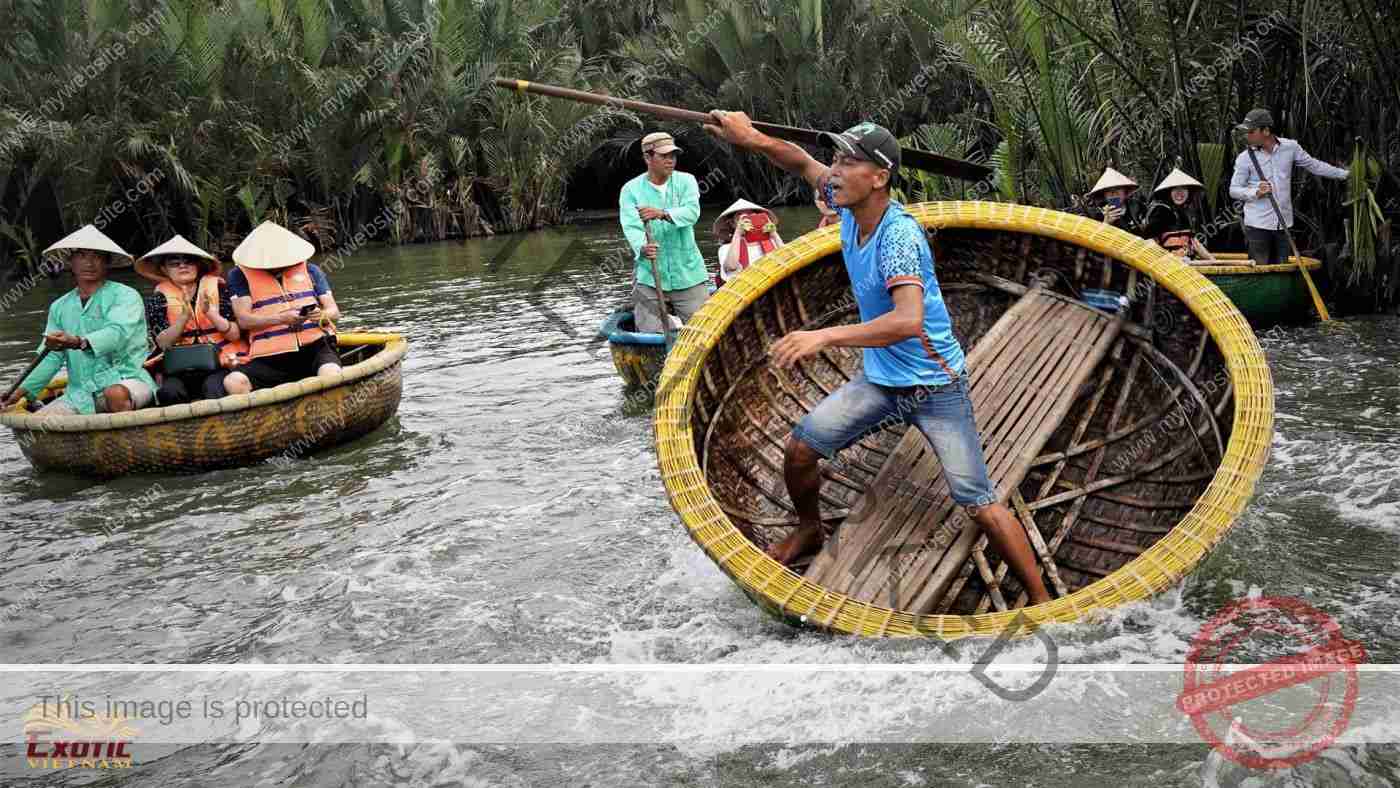
This land has been changing drastically to become a modern metropolis. But the cultural and historical values from the relics of Cham Pa, the ancient town of Hoi An to the traditional way of life inherited through many generations are still preserved. Photo: Exotic Vietnam
Location: 970km from HCM City (1 hour and 10 minutes by plane, or 17 hours by train), 750km from Ha Noi (55 minutes by plane, or 16 hours by train), 107km from Hue (3 hours by car), 300km from Quy Nhon (6 hours by car).
Introduction: The busy seaport of Da Nang in central Viet Nam is the country’s fourth-largest city. The French named the city Tourane after it succeeded Hoi An (Faifo) as a vital deep water trading port in the 19th century. The port was an important military base for the French and later the Americans and has some remarkable colonial-style architecture, a bustling market, lovely pagodas and idyllic white sandy beaches. More recently, Da Nang boasts as “the city of bridges” where there are 10 spectacular bridges spanning the Han River. Now served by a growing number of international flights, Da Nang is also the gateway to Central Viet Nam’s rich legacy of UNESCO World heritage sites such as nearby Hoi An and My Son and Hue and Phong Nha–Ke Bang to the north.
Highlights: Hoi An Ancient town, My Son Holy See, Cham Sculpture Museum, Marble Mountains, My Lai Massacre, Ba Na Hills, Non Nuoc Carving Hamlet, Cham Islands.
Facilities & services: international standard hotels and restaurants, resorts, hopon-hopoff city-tour bus and water sports: jet skiing, parasailing, surfing etc.
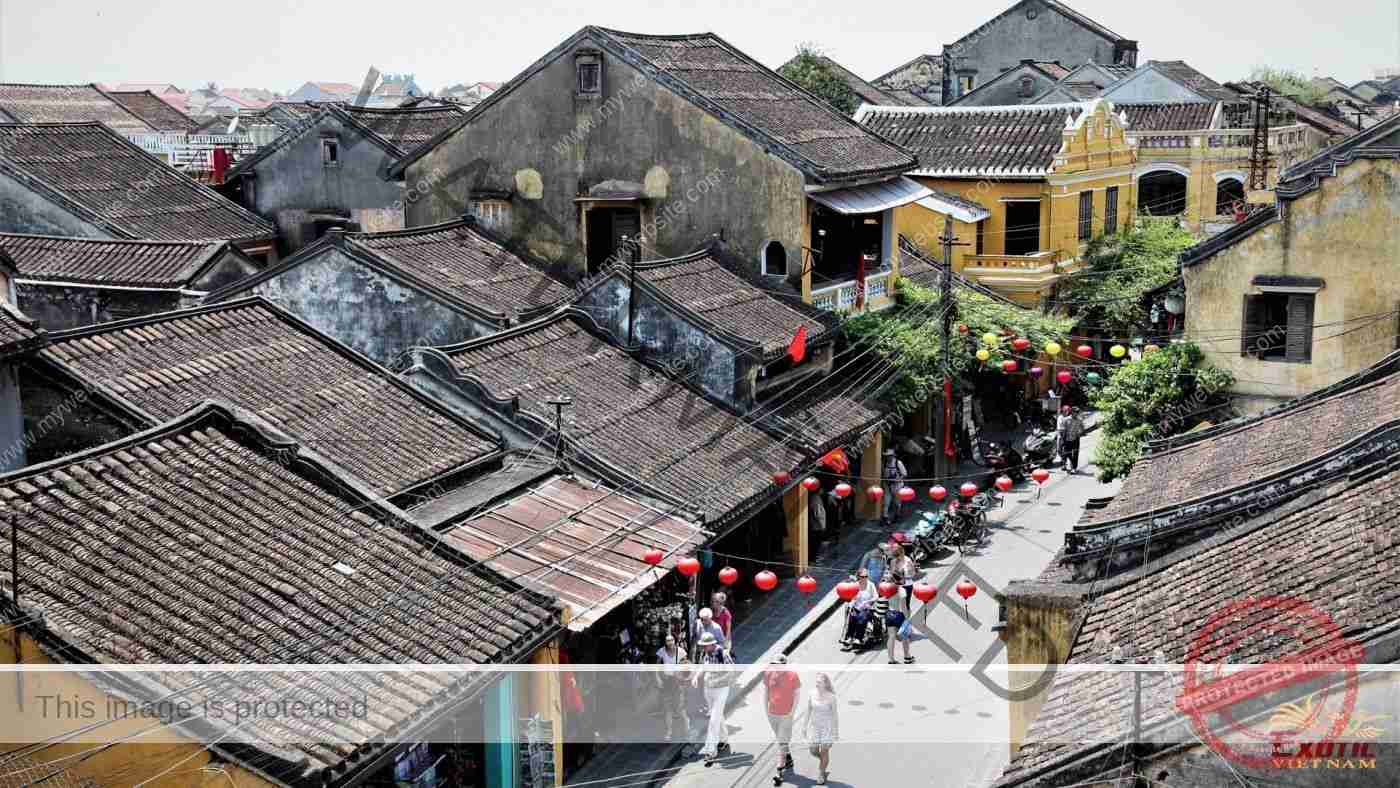
On the banks of Thu Bon River, Hoi An Ancient Town is a living museum of a South-East Asian trading port dating from the 15th to the 19th century. Photo: Exotic Vietnam
Hoi An Ancient Town
30km southwest of Da Nang, the tranquil town of Hoi An rests on the shores of the Thu Bon River. Known as Faifo to early Western traders, Hoi An was a vital commercial seaport in South East Asia from the 17th to the 19th centuries attracting merchants from China, Japan, Portugal and France. The long houses built by the merchants reflect the architectural styles of their homeland and remain in near perfect condition today. Visitors can take an early morning walk through the market and marvel at the quaint narrow streets and centuries-old communal houses and pagodas. Moreover, monthly festival on full-moon night is worth a visit. Recognized as a UNESCO World Heritage site in 1999.

Among the mountains encircled by jungle, My Son Holy See is a sacred valley where abandoned Hindu architectures were found. This place is known as one of the major religious centers of the Cham Pa kings many centuries ago. Photo: Exotic Vietnam
My Son Holy See
Located 40km southwest of Da Nang and 25km west of Hoi An, My Son is a large complex of monuments from the ancient Champa Kingdom which once stretched down Viet Nam’s entire central coast. From the 4th to 14th centuries, My Son was used for Cham religious and burial sites for its rulers. Located in a picturesque valley with a soaring sacred mountain behind, My Son’s remaining towers and temples provide an excellent insight into Cham Civilization. Although damaged by years of war, My Son was recognized as a World Heritage site in 1999.
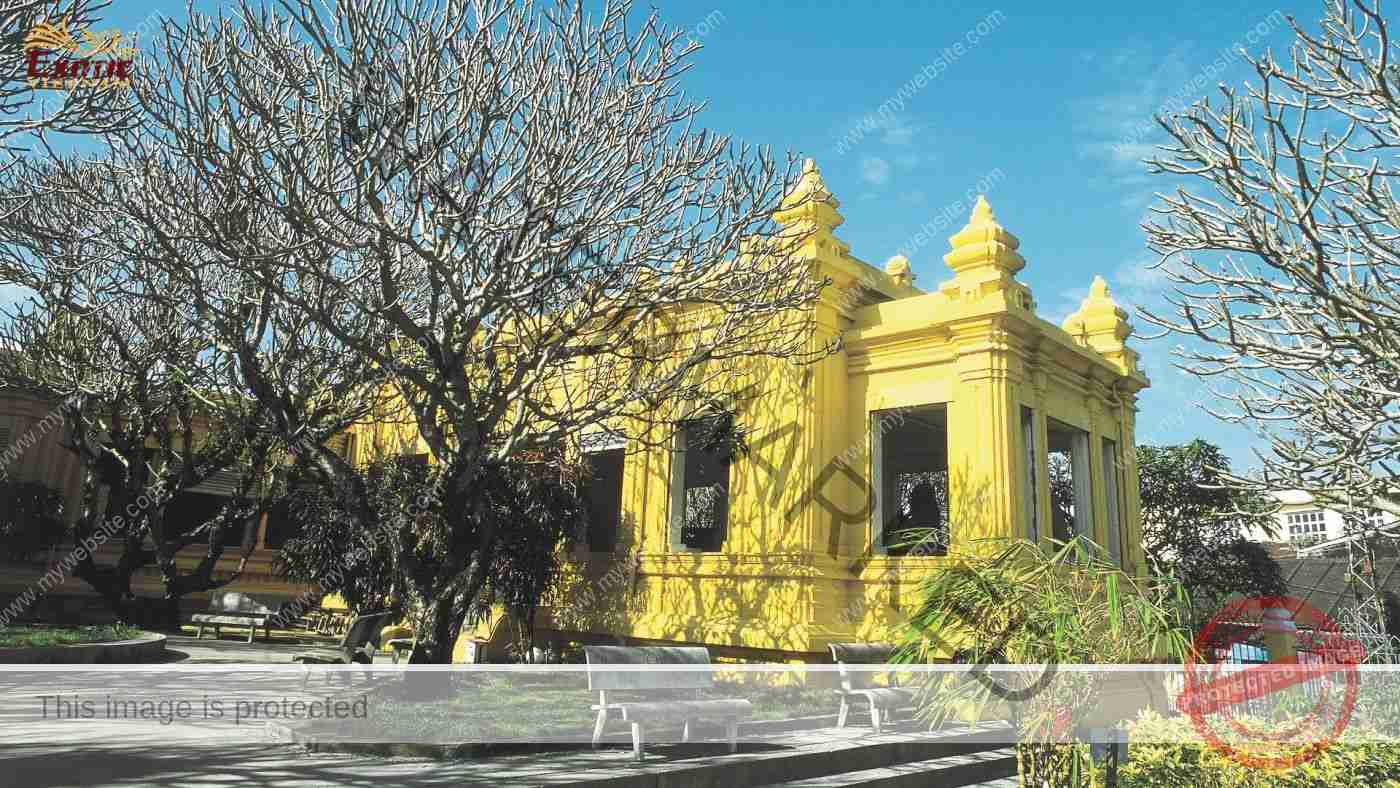
Home to the world’s largest exhibition of Cham sculptures, the Museum of Cham Sculpture displays nearly 300 terracotta and sandstone artifacts from the 7th to the 15th centuries. Photo: Exotic Vietnam
Cham Sculpture Museum
The museum was established by French academics in 1916 and contains the largest display of Cham art anywhere in the world with more than 300 artefacts ranging from the 4th to the 14th century. With a beautiful setting, the complex is open land in design, providing an environment in which the artefacts can be exhibited to their best advantage. There are numbers of rooms including My Son, Tra Kieu, Dong Duong and Thap Man, each dedicated to a different period of Cham art dating from the 7th to the 15th century.
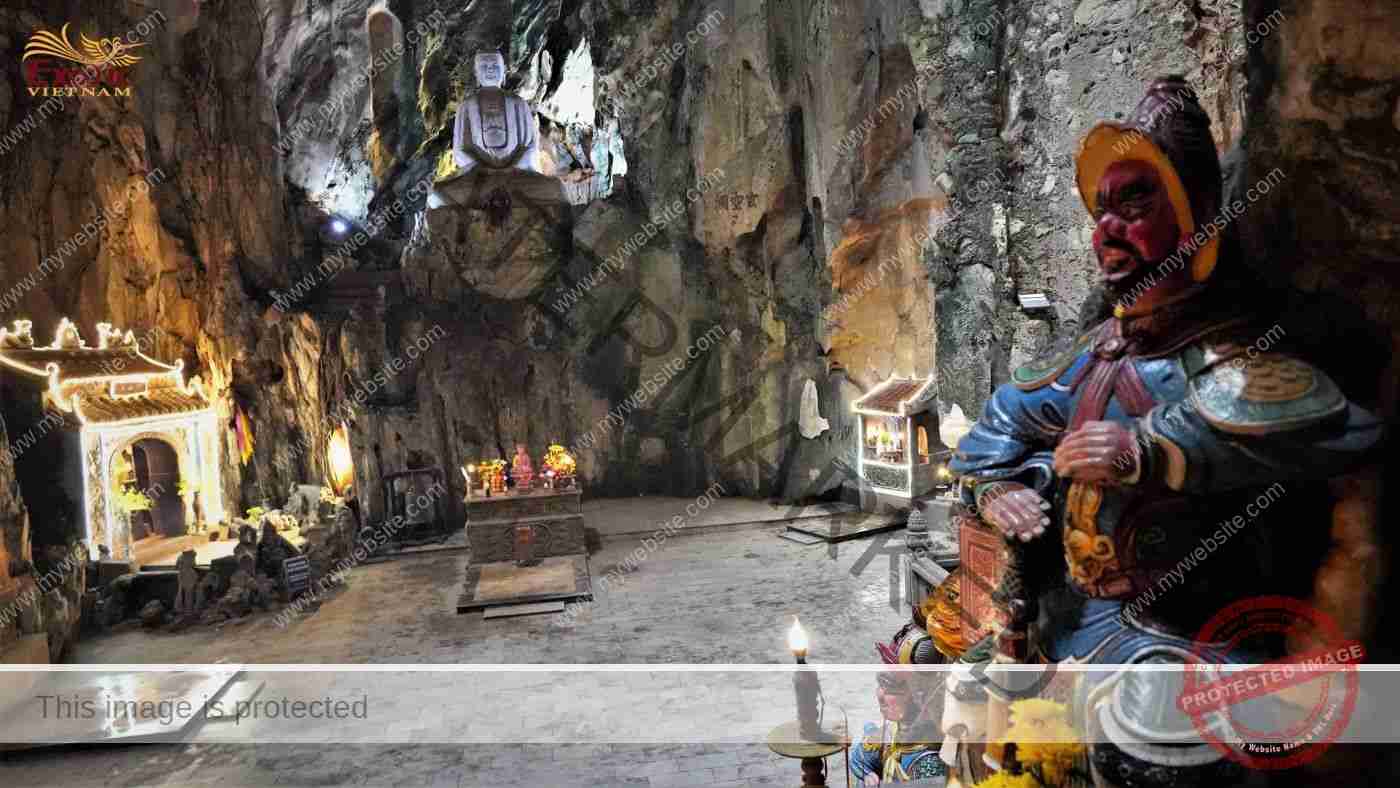
Marble Mountains are a cluster of five marble hills named after the elements metal, wood, water, fire, and earth. Photo: Exotic Vietnam
Marble Mountains
They consist of marble hillocks by the sea. Each is said to represent one of the five elements of the Universe and named accordingly: Thuy Son (Water), Moc Son (Wood), Hoa Son (Fire), Kim Son (Metal) and Tho Son (Earth). The largest and most famous Mount Thuy Son has a number of natural caves in which Buddhist sanctuaries have been built over the centuries. Also an important religious spot for Cham, the peaks became havens for communist guerrillas during the war owing to their commanding view of Da Nang airbase. Mount Thuy Son is a popular pilgrimage site, especially on days of the full and sliver moon and during the Lunar New Year. It is located about 8km southeast Da Nang.
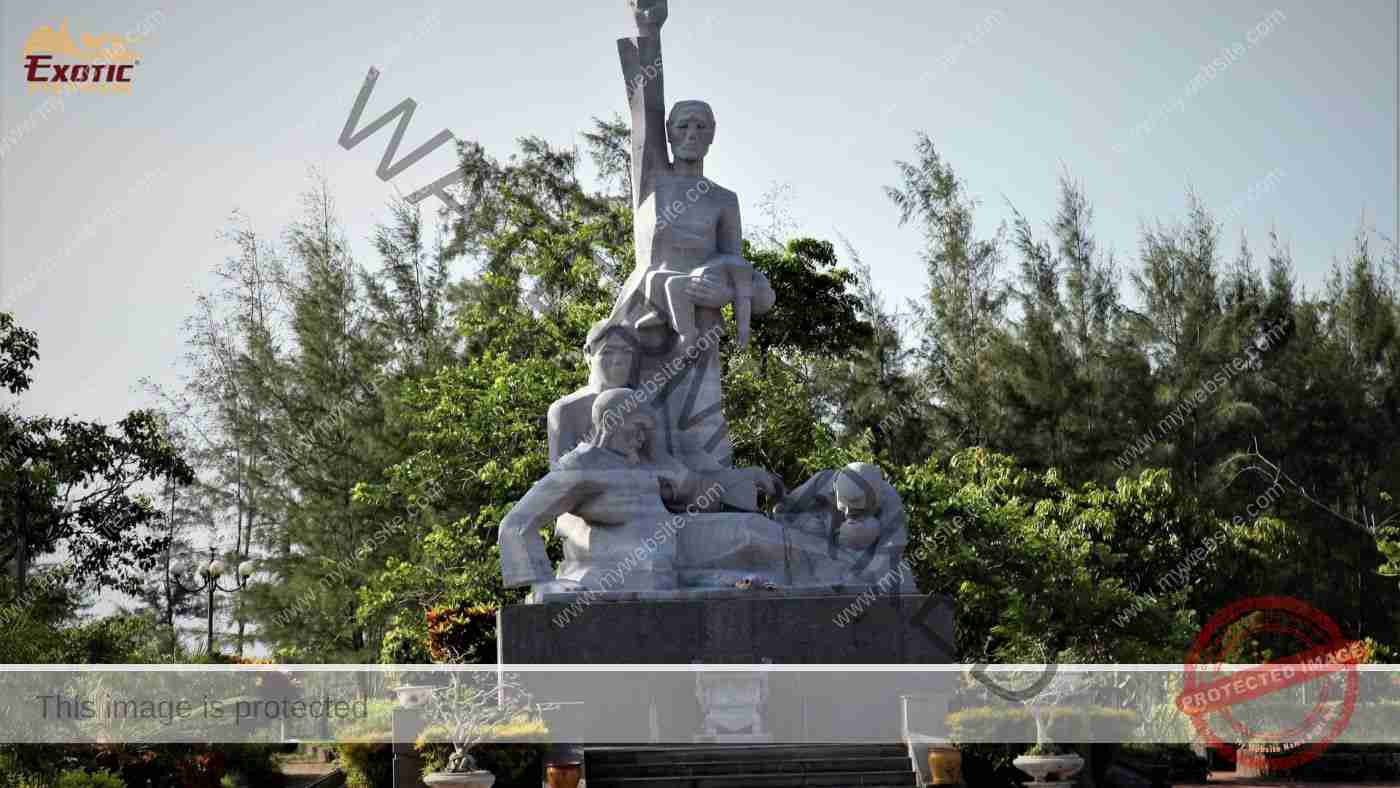
The My Lai massacre was one of the most horrific incidents of violence committed against unarmed civilians during the Viet Nam War. Photo: Exotic Vietnam
My Lai Massacre
About 150km outh of Da Nang, the villages of central Viet Nam known collectively as My Lai have been stamped by history as places of horrific acts of war. More than 500 people, many of them women and children, were slaughtered here by American G.I.s on March 16, 1968. They were ordered out of their homes, lined up in ditches and shot. Now it is a peaceful countryside where visitors can take a visit to the museum of the Son My massacre and a stroll around Co Luy Hamlet. They will enjoy the pretty scenery of villages, paddy fields and coconut gardens and have a chat with friendly villagers, some of whom are survival witnesses.
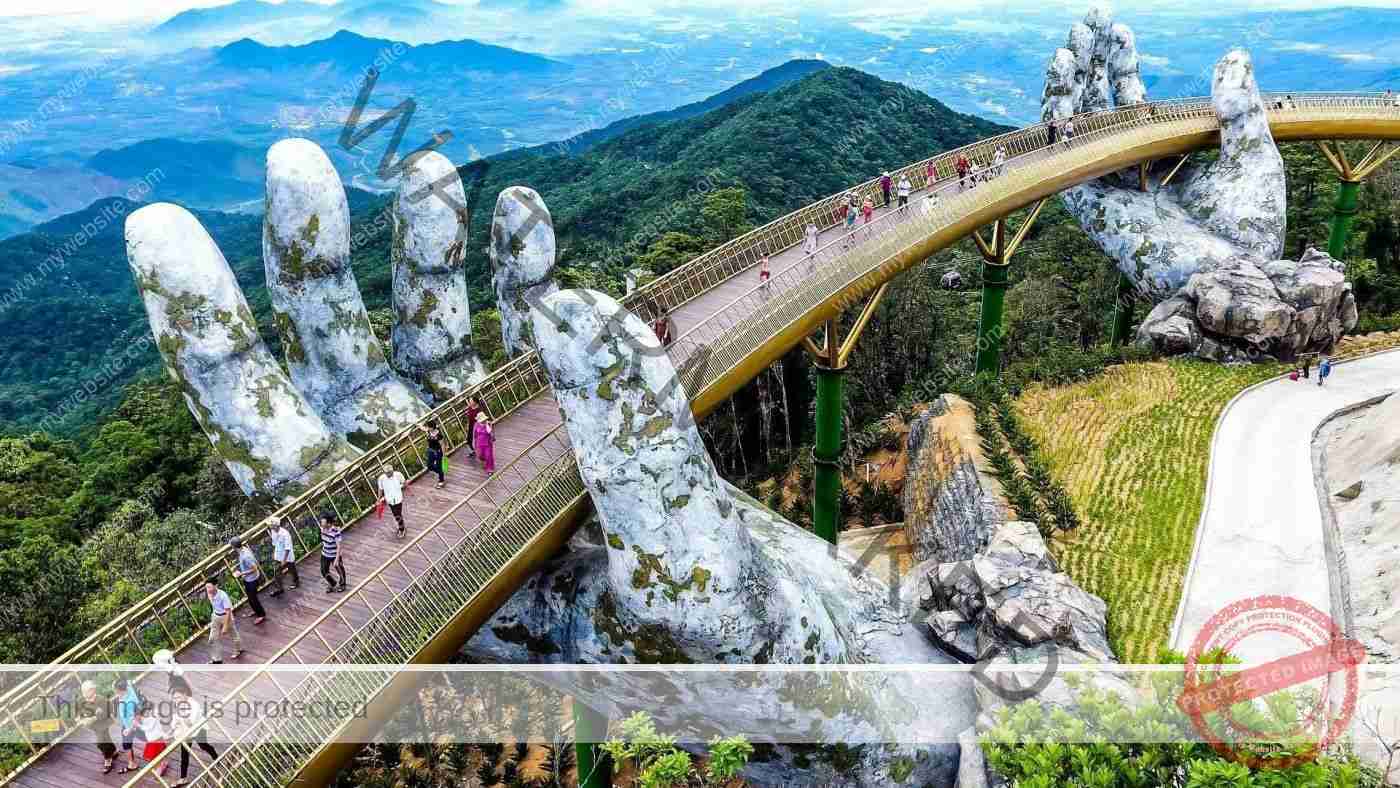
Mount Ba Na has become a modern tourist area with many records on forest land belonging to the former Ba Na – Nui Chua Nature Reserve. Photo: Internet
Mount Ba Na
40km west of Da Nang, known as as a summer retreat by the French at an altitude of 1,489m on the Ba Na – Nui Chua mountain, built in 1920 in the perfect combination of waterfalls, forest and colonial-style villas. In 1986, Ba Na was recognized as a natural reserve, in which tropical forest and rare animals are protected, including many species listed in the Red Book of Viet Nam.
In 2007, the huge tourist project of Ba Na Hills with cable cars, entertainment complex, stylish restaurants and world class accommodations, was launched. It completely has transformed the wildness of the nature reserve into a man-made city of Guinness World Records. Considered as a “heaven on earth”, this mass tourism site serves for those who look for festivities, recreations and relaxation and cuisine in the clouds. Here are the top things to do check-in in Ba Na: the French Village, the Golden Bridge, the Jurassic Park and the Wax Museum.

Over 300 years, Non Nuoc Carving Hamlet is famous for its sophisticated marble sculptures. Photo: Exotic Vietnam
Non Nuoc Carving Hamlet
On the southern side of Thuy Son, the hamlet is a few meters west of beautiful Non Nuoc Beach. The marble carvings made here by skilled artisans would make great gifts for tourists to send home; even it is entertaining to watch the carvers at work. A wide variety of articles are sculptured in marble, including Buddhist and saint statues, sacred animals, Cham-style statues, etc.
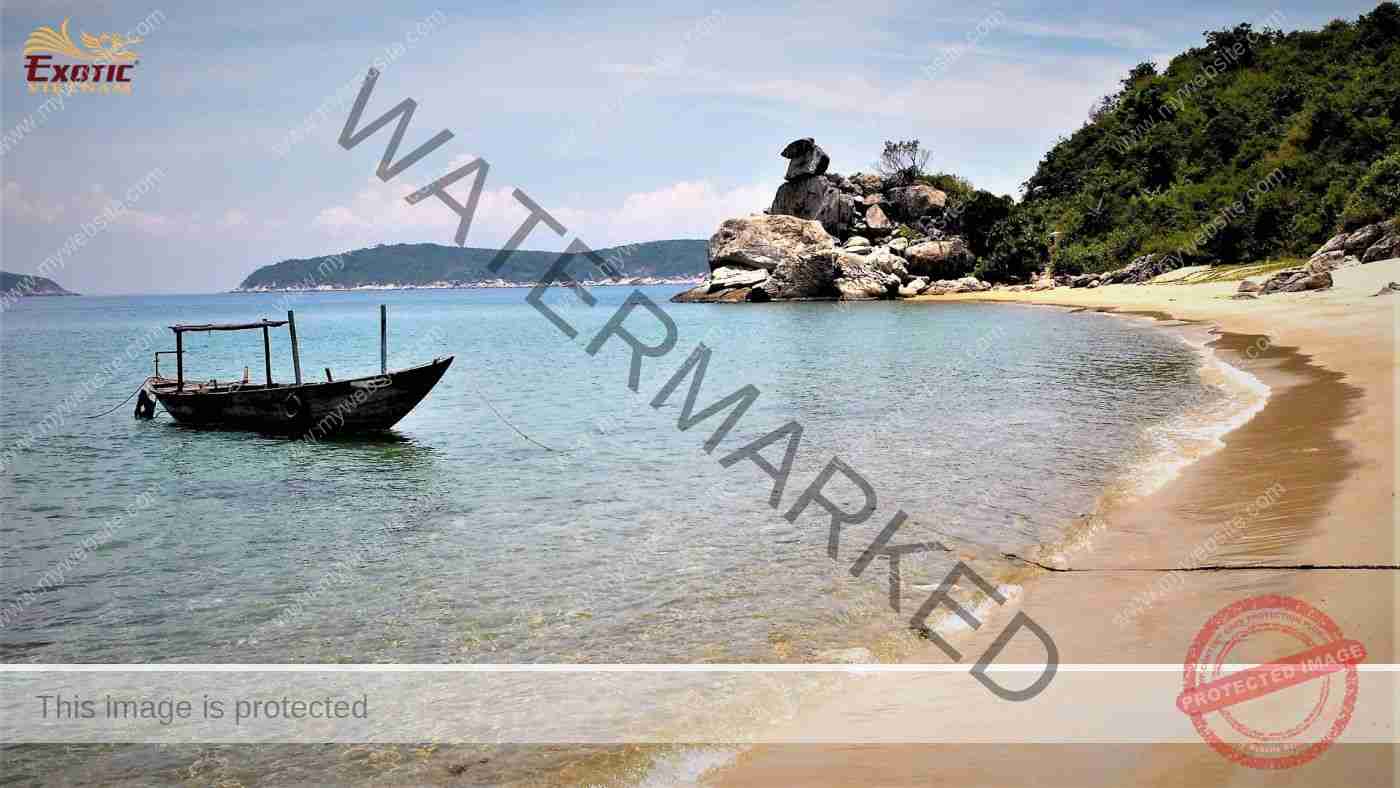
Cham Islands are renowned for its forested mountains, sea creatures, fishing villages, white sand beaches, turquoise waters and historical relics. Photo: Exotic Vietnam
Cham Islands
Around 20km off the coast of Cua Dai, Hoi An (20 minutes by speedboat), the Cham Islands were recognized by the UNESCO as a world biosphere reserve in 2009. The islands are home to 950 aquatic species, including rare fish and corals. There are a total of 8 islands in the Cham Islands called Hon Lao (largest and only inhabited, an area of 1,317ha with a hilltop elevation of 517m), Hon Cu, Hon Kho, Hon La, Hon Dai, Hon Lo and Hon Tai. The islands offer pristine white-sand beaches, granite cliffs, and coral reefs, ideal for camping, swimming, sea trekking, snorkelling and diving. The best time to visit Cham Islands is from March to August which is the dry season with sunny sky & mild wave.
